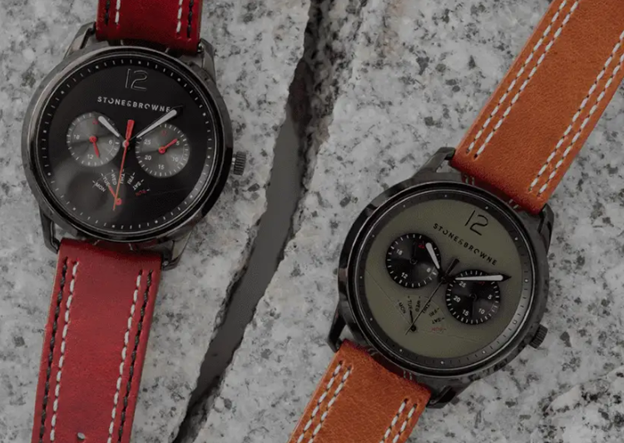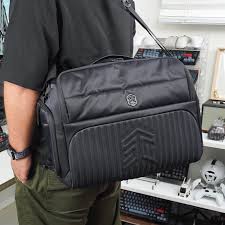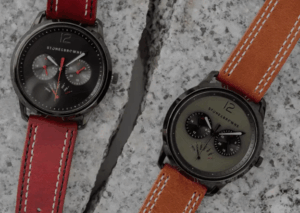
A casual walk in the rain, lounging by the pool, or some other adventure-and suddenly you have one of those questions: Can my watch handle this? To most watch enthusiasts, understanding water resistance is the key to protecting that favourite timepiece while enjoying life’s unpredictable moments.
Let’s discuss what it means for a watch to be water resistant and some tips to make aure your watch lives long. Whether you’re a casual wearer or an avid collector, this information is your ultimate guide to preserving your watch’s durability and functionality.
What Is Water Resistance?
Understanding the Basics
Water resistance describes a watch’s capacity to withstand exposure to moisture under certain conditions. It should not be confused with being “waterproof.” While waterproof implies imperiousness to water, no watch is actually immune. Rather, its water resistance is determined by how the watch is constructed and to what degree it protects against moisture ingress.
How Water Resistance Is Achieved
It is achieved by embedding gaskets, seals, and especially designed cases to prevent the entry of water.
Its because of all these parts that the insides stay safe from any damage that moisture might cause.
Temporary Nature of Water Resistance
Over time, the materials responsible for water resistance can degrade. Gaskets wear out, seals lose their effectiveness, and external impacts can compromise the integrity of the watch. It is important that regular maintenance be performed to keep a watch water-resistant.
Decoding Water Resistance Ratings
What Do the Numbers Really Mean?
Water resistance ratings, often expressed in meters, such as 30m or 50m, reflect laboratory testing under static conditions. Here’s a breakdown:
- 30m (3 ATM): Splash resistant. Suitable for light rain or handwashing, but not submersion.
- 50m (5 ATM): Safe for brief swimming sessions but not for prolonged exposure.
- 100m (10 ATM): Ideal for swimming and snorkelling, but not diving.
- 200m+ (20 ATM): Suitable for scuba diving and intense water activities.
The Reality Behind the Ratings
These ratings tell you what your watch can bear, but the reality of use involves dynamic motion, pressure variation, and fluctuations in temperature. Knowing what your watch is capable of is an important part of avoiding unintended damage.
Myths and Misconceptions
- “30m means I can swim with my watch.” Incorrect! Splash resistance does not equal submersion.
- “If a watch is water-resistant, it doesn’t need maintenance.” Incorrect! Resistance to water will degrade over time and must be periodically checked.
Why Water Resistance Matters
- Save Your Investment: Disregarding limits for water resistance often has devastating, irreversible damage. Water eats away the internal mechanism and fogs the crystal while causing malfunctioning.
- Improved Durability: A watch resistant to water would have limits with respect to handling, therefore being sure that in regard to regular wear or activities out-of-doors, your partner may become trusty, respecting its limit may have big influence in elongating the active service and worth.
Tips for Protecting Your Water-Resistant Watch
- Understand Its Limits: Always review the manufacturer’s guidelines to know exactly what your watch can handle.
- Regular Maintenance: Replace gaskets and seals as recommended. Test water resistance periodically, especially if you frequently expose your watch to water.
- Good Practices:
- But what if your watch falls in a pool or the sea; just rinse it with fresh water.
- Avoid extreme conditions like high-pressure jets or rapid temperature changes.
- Ensure the crown is fully secured before contact with water.
This will help your watch continue looking and working great for years to come.
Picking the Perfect Water-Resistant Watch for Your Lifestyle
Before choosing a water-resistant watch, you should first think about your daily activities and hobbies.
For:
- Casual Wearers: 30m to 50m rated watches will be suitable for everyday wear, from washing your hands to getting caught in light rain.
- Recreational Swimmers: A 100m-rated watch would be suitable for swimming and light water sports.
- Adventure Seekers: If one intends to dive or go through extreme conditions, then a watch with a rating over 200m, screw-down crowns, and unidirectional bezels is ideal.
Browse through the large collection of timeless watches that best fit your lifestyle and fashion sense.
Water-Resistant Watch Design: How It Has Evolved
Water-resistant watches are evolving all the time. Advances in materials and engineering continue to push the boundaries of resilience. Examples include the following: ceramic gaskets for longer-lasting, more effective seals; hydrophobic coatings to repel water more efficiently, thus increasing resistance; improved case construction- the robust design allows for superior protection. This means that modern water-resistant watches can be more reliable than ever before.
Understanding water resistance is an important thing for any watch owner. Learning how to read ratings, taking care of the best practices, and choosing the right watch for your lifestyle can help you protect your timepiece and enjoy its functionality for years to come.
Ready to find a timepiece that combines style, versatility, and durability? Browse through timeless watches designed to suit every occasion and adventure. With the right care and knowledge, your watch can become a trusted companion no matter where life takes you.





